Drones are a rage among amateur and professional photographers. Capturing a stunning aerial view is not as easy as it seems. It means more than mastering the basic controls. There are some tricks that provide direction for those starting out and looking for a beginning point.
1. Change the Perspective
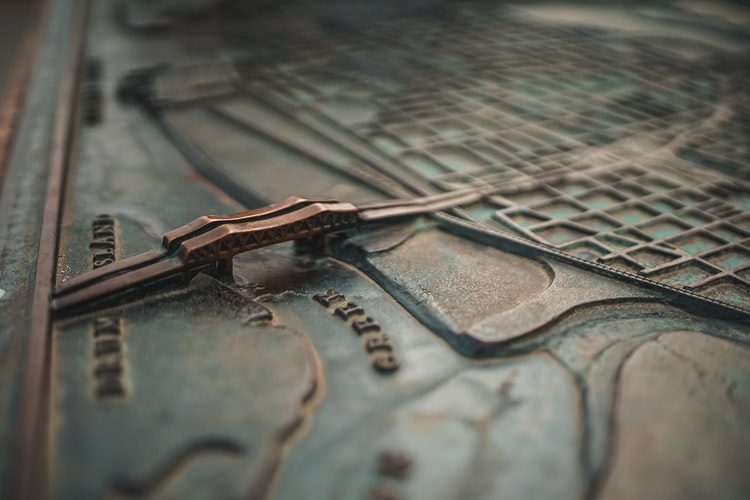
The point of view from a drone is like no other camera can provide. You use the aerial view to create marvelous photos that are illusions. As an example, have someone lay on the ground and strike a poise. Taking a picture from above makes a nearby wall or bench look like a building’s ledge.
The person lying on the ground appears to be leaping off or onto the ledges. This looks as though your volunteer can do the impossible. Two people can pose to create the illusion of standing on the ledge one-handed and balancing the other participant on their feet. A drone opens up a perspective not possible on level ground. Shooting straight down creates a graphic that looks nearly two-dimensional.
2. Use Symmetry

A bird’s eye view allows finding beauty you cannot recognize from the ground. A town square or park may have incredible symmetry from above. Capture a shot that looks like a mirror image. The graphic composition sometimes resembles a drawing rather than a photograph.
3. Find Lines of Division
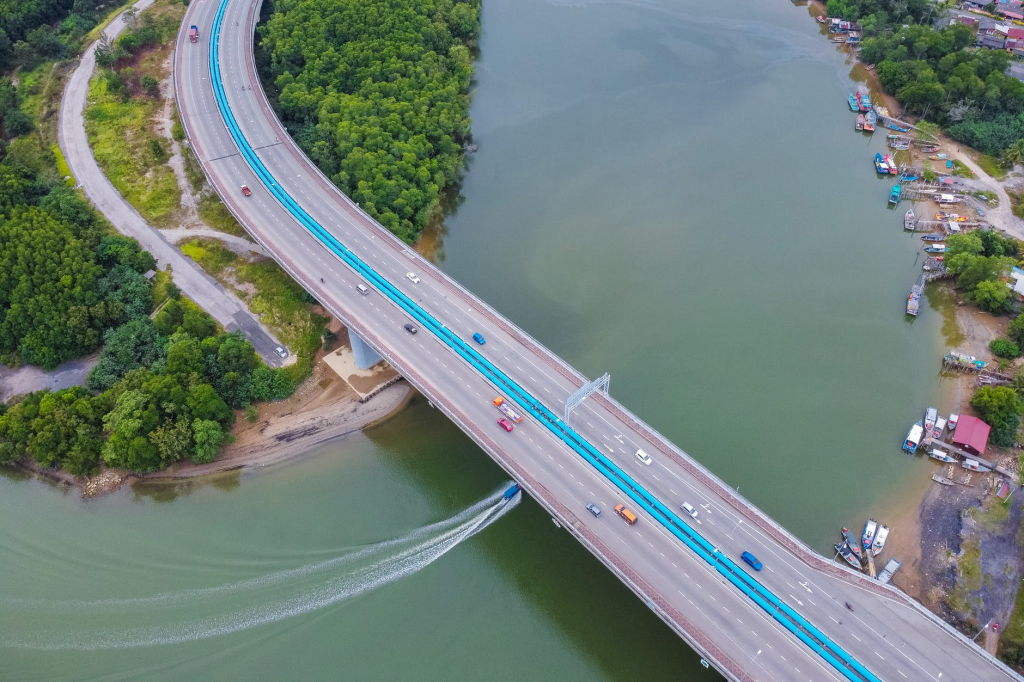
Sharp lines shape any photo composition. They direct the viewer’s gaze. You can use a trial or road to do the same with a drone photo. They can extend top to bottom, left to right, or corner to corner. Experiment with the angles to see what looks best
4. Capture Unique Location Patterns
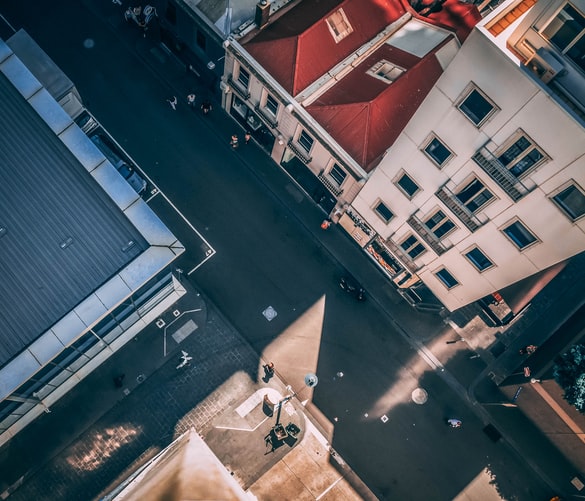
Fly the drone and seek unique locations to shoot scenic photos. You will be amazed at the interesting patterns and shapes that exist. The stranger, the better the pictures are. Eye-catching features and shapes that occur naturally or artificially lend themselves nicely to the camera.
5. Take Aerial Panoramas
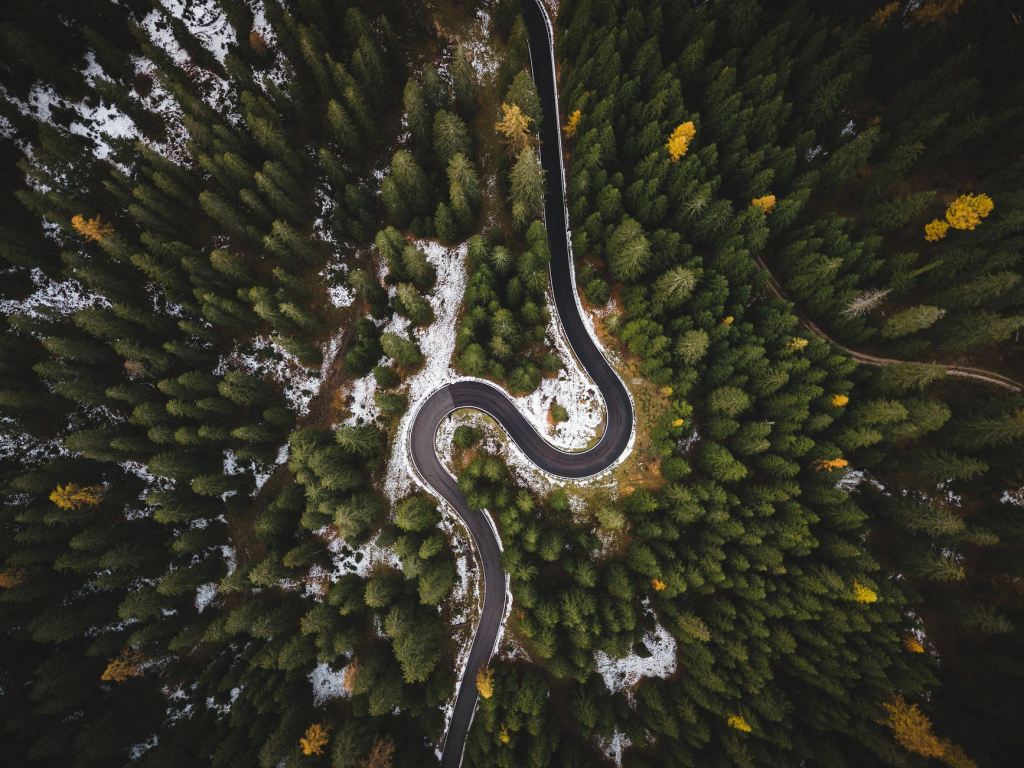
Never underestimate a panorama feature. A wider landscape gives the viewer a look at all the beauty rather than an incomplete picture. Fly the drone high, choose a spot, shoot, rotate, shoot again. Try making a panorama several dozen feet above the ground. Get the drone to a suitable height. Take shots, rotate slightly, and repeat. Stitch the images together to produce a sprawling landscape.
6. Look for Contrasting Colors
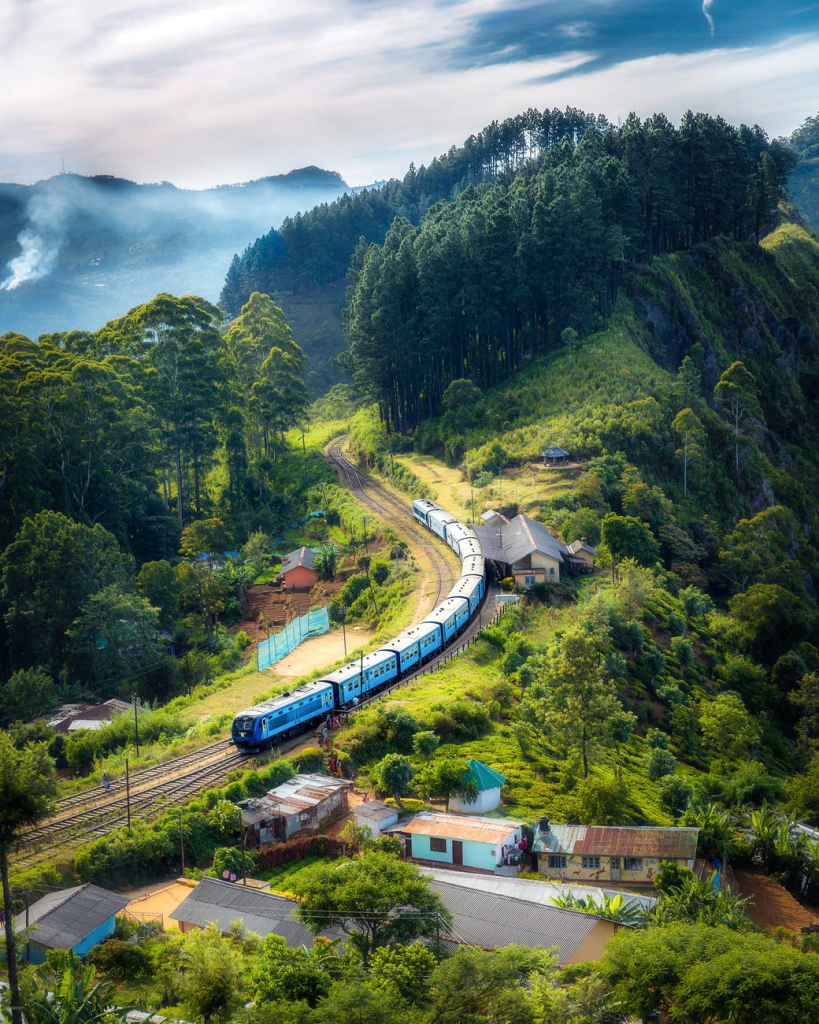
Someone with a drone photography business loves shooting objects that are rich in color. Vivid, bright hues look stunning from the air. The more contrast there is, the more dramatic the shots are. Play darks and bright together and play up complementary colors. Shooting from high forces the focus on form rather than details. Color is an excellent way to create a dynamic image and bring out the form of a subject.
7. Reinvention of the Selfie

A selfie stick is no longer necessary. Regardless of the backdrop, you will be on top of the world with an aerial perspective. Selfies look best when the photographer sticks out. Wave and make it look easy. Have some fun and loosen up with the drone. Challenge yourself to take self-portraits. It is an excellent means of getting creative juices to flow. Utilize a minimalistic background or isolate yourself against the empty sky to make yourself stand out in the scene.
8. Search for Repetition

Objects that are carefully arranged form formulaic, precise lines. Places like train stations and shipping yards have vast collections of objects identically shaped. Ordinary neighborhoods have a particular character with the houses in a row. Repetition makes for a colossal picture.
9. Abstract Shooting

Just like Picasso created abstracts with a paintbrush, you can learn drone photography that displays contrast. Look for irregular shapes and curvy lines. Frame the shot in as many ways as you can think of and capture each unique view. There is a visual everywhere; you just have to see it. Strong colors and bold lines help bring out organic shapes.
10. Capturing Shadows
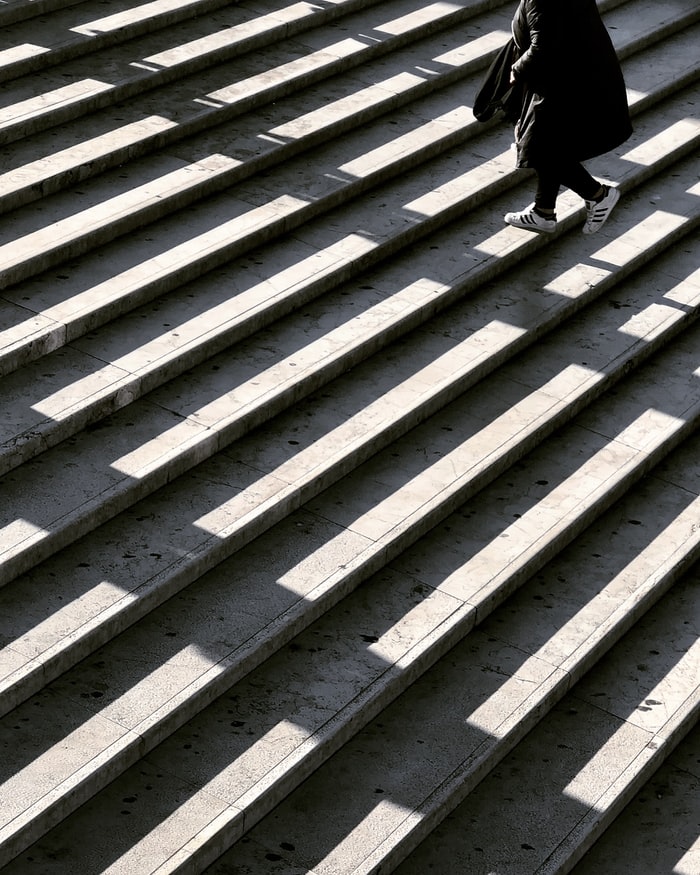
The key to unlocking the wildest imagination is the use of shadows. Right before sunset, the sun is low, and shadows are giant silhouettes. They project every activity and move. Though a shadow may not look like much, it can tell a story. Good photos depend on good light. Capturing drone images is no exception. Consider the time of day when taking out your drone. Late afternoon photos produce elongated shadows and transform plain photographs into something dramatic.
11. Shooting the Horizon
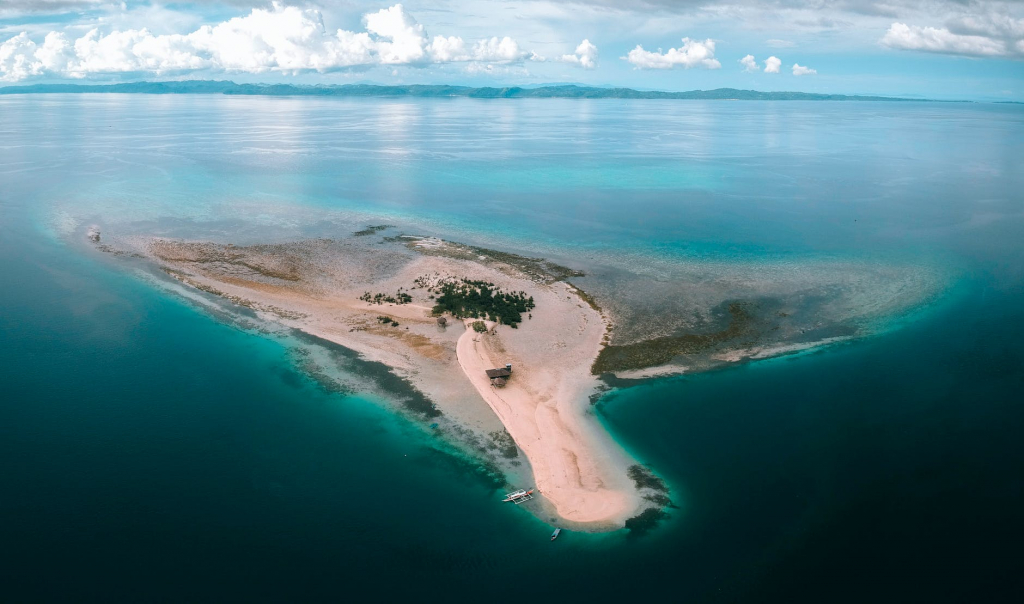
You can combine any of the above tips to create breathtaking views. Play with shadows and find high contrast, weird shapes, or symmetrical lines. With hard-to-reach angles and a unique perspective, the photo of a horizon gives life and depth to an image. It is not necessary to have a bird’s eye view at all times. Drones effectively propel cameras to heights and angles ordinarily inaccessible. Experiment and get horizons in your shots.
Bonus Tips
With these tips, you will likely want to spend a lot of time looking for the ideal selfie location, strange curves, and the perfect mirror image. Carry lots of batteries. When scouting for a place to shoot, look for interesting landmarks, lines, and patterns that will show unique angles.
Areas that are free and clear of obstacles and people makes flying in peace and remaining focused on flying easier. Drones have advanced feature modes that permit getting epic hiking pictures and make piloting less complicated.
As You Learn Drone Photography
When you master these techniques, you may want to start a drone photography business. Drone photography rates average between $250 and $350 per project. The projects usually consist of ten high-resolution aerial images. If you include an edited drone video, the price may increase to as much as $500.
